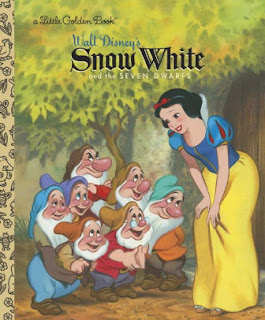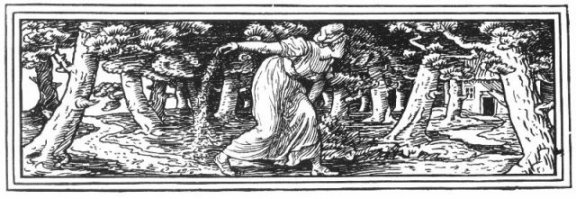The Definition of a Fairytale
 Stith Thompson describes a fairytale as a “tale of some length involving a succession of motifs or episodes. It moves in an unreal world without definite creatures and is filled with the marvelous never-never ending land, humble heroes kill adversaries, succeed to the kingdom and marry the princess.” A fairy tale can also be called a “Märchen.” A fairytale, unlike a myth or legend, has a large magical presence and is understood to be fictional. A fairytale contains magical characters such as giants or witches. They are also written with the idea that the reader would not ask questions about things are impossible, such as talking animals. Fairytales could have originated one of two ways; mono-genesis, which means it originated from a specific place and then spread to other countries, or poly-genesis, which means different tales were told in different places at the same time.
Stith Thompson describes a fairytale as a “tale of some length involving a succession of motifs or episodes. It moves in an unreal world without definite creatures and is filled with the marvelous never-never ending land, humble heroes kill adversaries, succeed to the kingdom and marry the princess.” A fairy tale can also be called a “Märchen.” A fairytale, unlike a myth or legend, has a large magical presence and is understood to be fictional. A fairytale contains magical characters such as giants or witches. They are also written with the idea that the reader would not ask questions about things are impossible, such as talking animals. Fairytales could have originated one of two ways; mono-genesis, which means it originated from a specific place and then spread to other countries, or poly-genesis, which means different tales were told in different places at the same time.
Many fairytales have different versions that consist of the same theme but the plot and details vary. For example, the popular Brothers Grimm version of “Brier Rose,” has been altered to be more suitable for children, while the Italian version, “Sun, Moon, and Talia,” implies that the princess was raped by a king from another kingdom, and nine months later the sleeping princess gave birth to two children. The Brothers Grimm also used a technique called “contamination,” which means they picked and chose what parts of the stories they wanted and mixed with some of their own writing until they were happy with the outcome.




Comments
Post a Comment